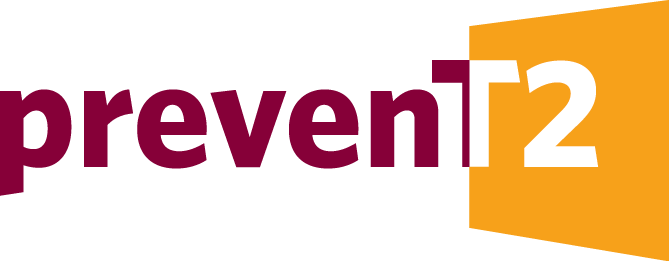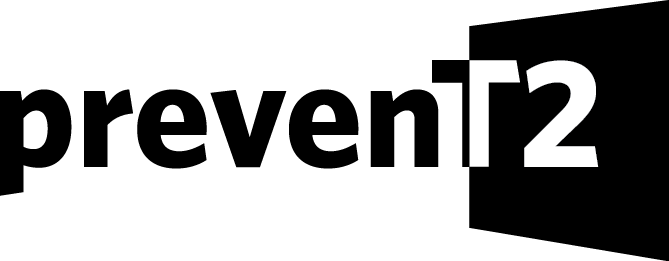0920-0572 Testing of brand Appendix D2-NDPP Branding Message Testi
CDC and ATSDR Health Message Testing System
Appendix D2-NDPP Branding Message Testing Supplement 010713
Planes,Trains and Auto-Mobility: Increase Walking in the Atl Hartsfield-Jackson Arprt And Testing of brand concepts, msgs and material CDC National Diabetes Prevntion Program
OMB: 0920-0572
Appendix D: Testing Supplement Form Approved
OMB
No. 0920-0572
Expiration
Date: 2/28/2015
Testing of Brand Concepts, Messages and Materials for CDC’s National Diabetes Prevention Program
Supplement to the HMTS Expedited Review Form
This document provides information about Page
The brand concepts, messages and materials to be tested 1
Modes for testing 6
Incentives 6
Duration of discussion groups 7
Remote testing procedures 7-10
Items respondents will see
On-line discussion groups (incl. screen shots) 7-25
In-person testing procedures 27-42
Brand Concepts and Messages to be Tested
CDC’s National Diabetes Prevention Program (National DPP), which is part of the Division of Diabetes Translation, has developed two sets of brand concepts for their consumer facing brand. The logos and taglines associated with each of the brand concepts will be tested with consumers (i.e., adults with prediabetes and people at high risk for developing prediabetes) and health care professionals (e.g., primary care physicians, registered nurses, physician assistants, registered dieticians) who see consumers with prediabetes and people at high risk for developing prediabetes. Messages and materials will also be tested.
Messages that will be tested include:
Prediabetes: The basics
There are more than 79 million Americans who have prediabetes and many do not know it.
People with prediabetes have blood glucose (sugar) levels higher than normal. The levels are not yet high enough for a type 2 diabetes diagnosis. However, people with prediabetes are more likely to get type 2 diabetes than others.
Diabetes can lead to serious health complications, including heart attack, stroke, blindness, kidney failure, or loss of toes, feet or legs.
Even though prediabetes puts you at high risk, there are ways you can lower your chance of getting type 2 diabetes. The lifestyle change program of the National Diabetes Prevention Program, can help to reduce your chances of getting type 2 diabetes.
The National Diabetes Prevention Program
It works. The program is proven to help people lose weight and lower their risk of type 2 diabetes by 58%.
You can make a change for life. This program helps you learn ways to change your lifestyle and improve your health. Participants meet in a group with a trained Lifestyle Coach to learn how to make modest lifestyle changes. Groups meet weekly for 16 core group sessions, and monthly for 6 follow-up sessions.
You don’t have to do this alone. The program will provide you with both a Lifestyle Coach and a group to support you. You will spend the year-long program with people who are facing the same challenges and trying to make the same changes as you.
Call to action #1: Assess your risk
The National Diabetes Prevention Program is for people at high risk of type 2 diabetes. How do you know if that means you?
Are you 45 years old or older and overweight? Do you have a family history of diabetes?
Have you ever been told by a health care professional you are at risk for getting diabetes? Have prediabetes? borderline diabetes? high blood sugar or glucose?
Have you been diagnosed with gestational diabetes during a pregnancy?
Still not sure? Take the “Could You Have Prediabetes?” online quiz at www.cdc.gov/ diabetes/prevention to learn your risk for type 2 diabetes.
Call to action #2: Talk with your HCP
If you think you may be a at risk for type 2 diabetes, talk to your health care provider.
If you are 45 years of age or older, you should consider getting a blood test from a health care provider for prediabetes and diabetes, especially if you are overweight.
Call to action #3: Share info about the program with family members who are at-risk
You or a loved one may be at high risk for type 2 diabetes, but there is something you can do about it. The National Diabetes Prevention Program can help you make a change for life.
The brand names and associated logos to be tested are:
PrevenT2
|
|
|
|
A
|
|
B
|
|
D-termined
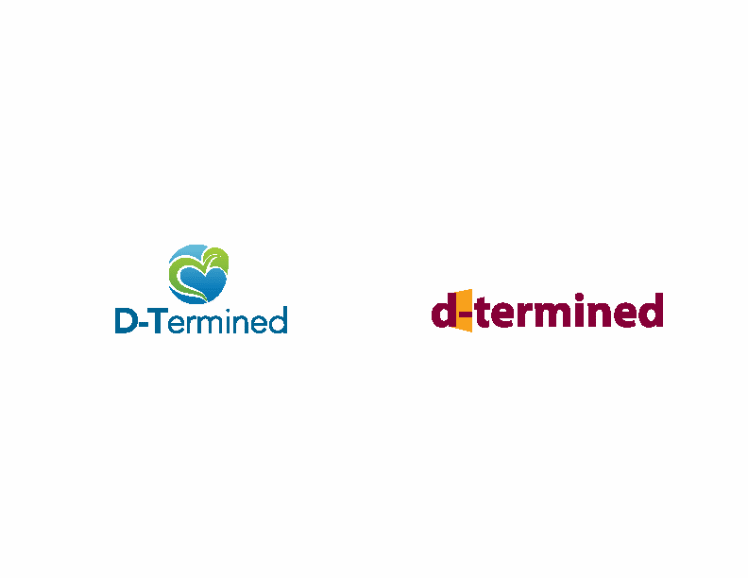
Taglines to be tested for each of the brands may include:
PrevenT2:
TAGLINES WITHOUT DIABETES
Scientific
Reduce your risk of developing type 2 diabetes
Preventability
Discover the potential of prevention
Discover the potential of prevenT2ion
Discover your prevention potential
Why do you prevenT2?
Self-efficacy
Road to a better you
One commitment, a lifetime of benefits
Start the journey to a healthier future
Small changes proven to make a big difference
Lifestyle changes that can make all the difference
Support
Learn to make the changes that make the difference
Get help to make the changes that make the difference
All the support you need to start the changes of a lifetime
It’s more than a diet, it’s a lifestyle change
D-termined
TAGLINES WITH DIABETES
Scientific
Effective lifestyle changes to reduce your diabetes risk
Lifestyle changes proven to prevent type 2 diabetes
The proven way to keep diabetes at bay
The proven way to keep type 2 at bay
Proven to stop type 2 diabetes
The proven diabetes prevention method
Preventability
Because type 2 diabetes can be prevented
Because with the right help, you can prevent type 2 diabetes
You have the power to prevent type 2 diabetes
The good news is diabetes can be prevented
Just what you need to stop diabetes
Stop type 2 diabetes in its tracks
Stop type 2 before it stops you
Get to type 2 before it gets to you
Discover the potential of diabetes prevention
Discover the power of diabetes prevention
Self-efficacy
Achieve the changes you need to prevent type 2 diabetes
Modest lifestyle changes proven to prevent type 2
Achievable changes that can prevent type 2 diabetes
Support
Get the help you need to prevent type 2 diabetes
Get the support you need to prevent type 2 diabetes
Working together to prevent type 2 diabetes
Working together to prevent diabetes
The expertise you need for diabetes prevention
Together we can prevent type 2 diabetes
The diabetes prevention experts
Materials for consumers to be tested include
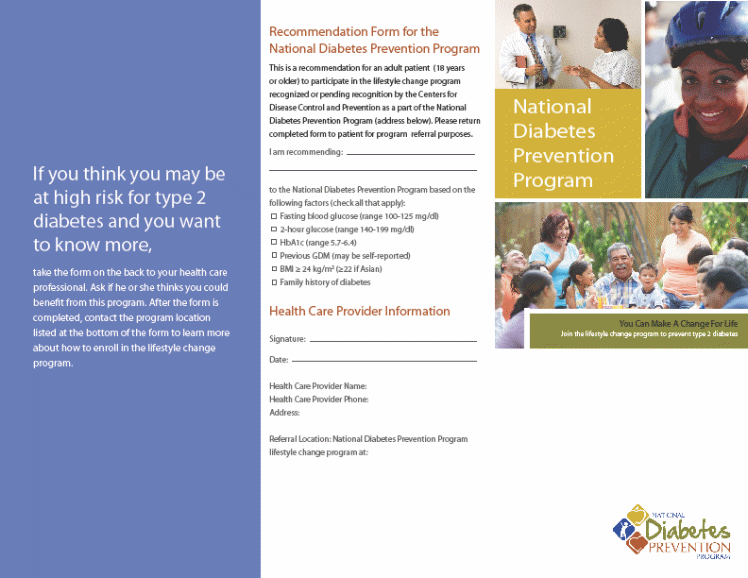
Modes for Testing
The National DPP is proposing data collection using two modes of focus groups: in-person focus groups and remote triads using a telephone and a computer for simultaneous viewing of materials.
The focus groups with the consumers will be completed in-person and individual brand concepts, messages and materials will be presented on separate sheets of paper which will be passed out to the participants (see subsequent pages for how each of the brand concepts, messages and materials will be presented to participants).
The triads with health care professionals will be conducted remotely using a toll-free telephone line and by computer using the GoToMeeting web conferencing service. Instructions on how to join the discussion by phone and computer will be provided to the participants by e-mail. During the discussion group messages will be presented to the participants in a fashion similar to how they are shown to the in-person focus group participants, except that the remote participants will be viewing them on their computer screen [See subsequent pages for further details about procedures that will be following for remote discussion groups and for screenshots of how brand concepts, messages and materials will be viewed by remote participants).
Incentives
All participants will receive a $50 incentive. With respect to the level of incentive, Krueger and Casey, in the publication “Focus Group: A Practical Guide for Applied Research” (publication date of 2009), indicate the following: “At the time of this writing, amounts of $50 to $75 usually work for public and nonprofit studies. As the amount approaches $100, an interesting phenomenon begins to occur. If the participant has a last-minute conflict, they are more likely to call the moderator and offer to send a replacement in their absence. When working with elite categories of focus group participants, the amounts may need to be adjusted upward. Focus groups with engineers, physicians, attorneys, upper-level managers, and similar categories may require amounts in the $100 to $500+ range.”1 Therefore, the proposed $50 incentive represents the minimum level of incentive deemed suitable for focus group participants in the recent past.
All participants will receive the same incentive of $50 even though (1) the duration of the discussion groups will vary based on the type of group/audience (i.e., 90 minutes for consumer focus groups, 60 minutes for health care professionals); and (2) the focus groups will be conducted in person and triads remotely. The reason for the equal incentive amount despite these differences is that health care professionals are individuals with competing demands for their time and attention due to their professional role. Therefore, an incentive comparable to the consumer focus group participants will help ensure sufficient attendance and participation.
The $50 incentive will be a cash incentive rather than an alternate form of incentive (e.g., gift card to a store) because guidance on focus group research also suggests that “incentives should be selected that have universal value to participants; what may be valuable to one person may have little value to other. This is one reason money is employed most often.”2 The in-person focus group participants (consumers) will receive the incentive in cash at the focus group facility immediately after the conclusion of the discussion groups. Given that the health care professionals will be participating in remote triads, the incentive will be mailed to them upon the completion of the discussion group in the form of a $50 cash card (e.g., Visa Gift Card).
Appropriate incentives are key to the success of research efforts and to preventing over-burdening the public. “Incentives are needed because it takes effort to participate in a focus group… it [also] serves as a stimulus to attend the session. The primary function of the incentive is to get participants to show up for the focus group—and to show up on time.”3 In other words, even when individuals agree to participate, insufficient incentive may result in a greater likelihood of participants not showing up to participate in the discussion (i.e., “no-shows”). This may not only negatively impact the ability to gather the necessary data but, additionally, the time that would have already been spent in the recruitment of these participants would therefore translate into unnecessary burden to the public. Additionally, because there are costs associated with recruiting each participant (even for no-shows), when participants are no-shows it involves expenditures that could otherwise be avoided.
Duration of Discussion Groups
The duration of the discussion groups, by type of group/audience, will be as follows:
Focus groups (8-10 participants) with consumers: 90 minutes
Focus group triads with health care professionals: 60 minutes
The duration varies given factors unique to the type of group and audience. The focus groups with the consumers have the longest duration (90 minutes) given the larger number (up to 10) of individuals that will take part in the groups. The allotted time of 90 minutes will allow time for all participants to share their thoughts and provide their input. While the nature of the brand, message and materials testing with the health care professionals will be similar to that of the focus groups, given the smaller number of participants (3 to 4), it is anticipated that the same depth of discussion that will take place in the focus group in 90 minutes will be able to take place in the triads with health care professionals in 60 minutes. Additionally, to accommodate their work schedules and available time, the duration of 60 minutes for the discussion group with health care professionals was deemed more feasible and appropriate. While the brand, message, and materials testing with the health care professionals will be similar in nature to that of the consumers, it is possible that the shorter duration of the discussion may not allow for as much in-depth discussion of certain topics.
Remote Testing Procedures
Once participants who will be taking part in the discussion groups remotely (i.e., health care professionals) are scheduled, they will receive e-mail instructions for joining the discussion on their scheduled date and time. The instructions they will receive will look as follows:
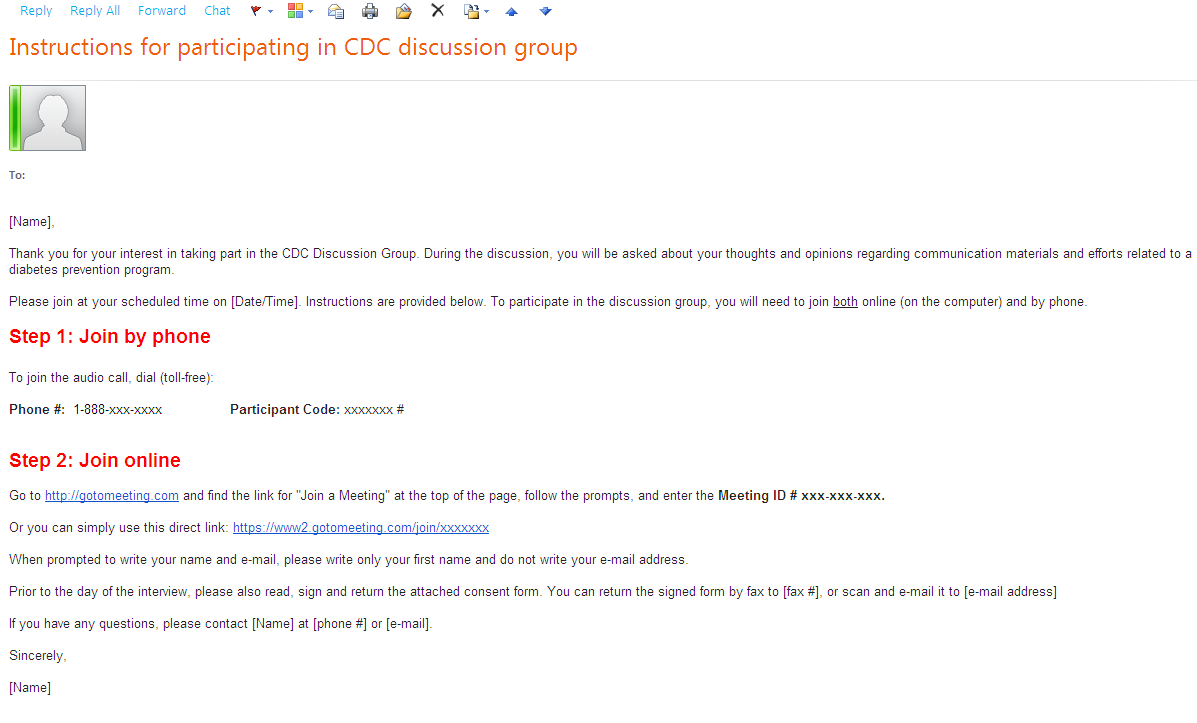
The emailed instructions will contain:
A toll-free telephone number for the voice/audio portion of the discussion.
Directions for joining the web conference using GotoMeeting.
GoToMeeting is an online web conferencing service that will allow the moderator to project the messages being tested on the computer screen, during the discussion group. Participants will be able to, on their own computer screen, see the brand concepts, messages and materials as they are being shown on the moderator’s computer screen. In other words, it is a way for all participants to be looking at the same material at the same time during the discussion. While participants will be able to see what is on the moderator’s computer screen, they will not be able to change it – and the moderator will not be able to see or access in any way the participants’ computer screens.
Although GoToMeeting allows for video capabilities, they will not be used for these discussion groups. Neither the moderator nor the participants will be able to see each other.
The e-mailed instructions will also include directions for the consenting procedures. It will include the consent form as an attachment. It will request participants to read, sign and return the attached consent form prior to the date of the discussion group. Participants will have the option of returning the signed consent form by fax or by e-mail. While it will not be indicated in the e-mail, if any participants were to indicate that they are unable to return the form by either fax or e-mail, arrangements will be made to send them a pre-addressed, stamped envelope so they can return the consent form by regular mail prior to the discussion group.
On the day of the discussion group, the participants will first call in on the toll-free telephone line. They will then follow the procedures to join the web conference using GotoMeeting. The screenshots on the following pages illustrate the interface/procedures that participants will follow to join the web conference.

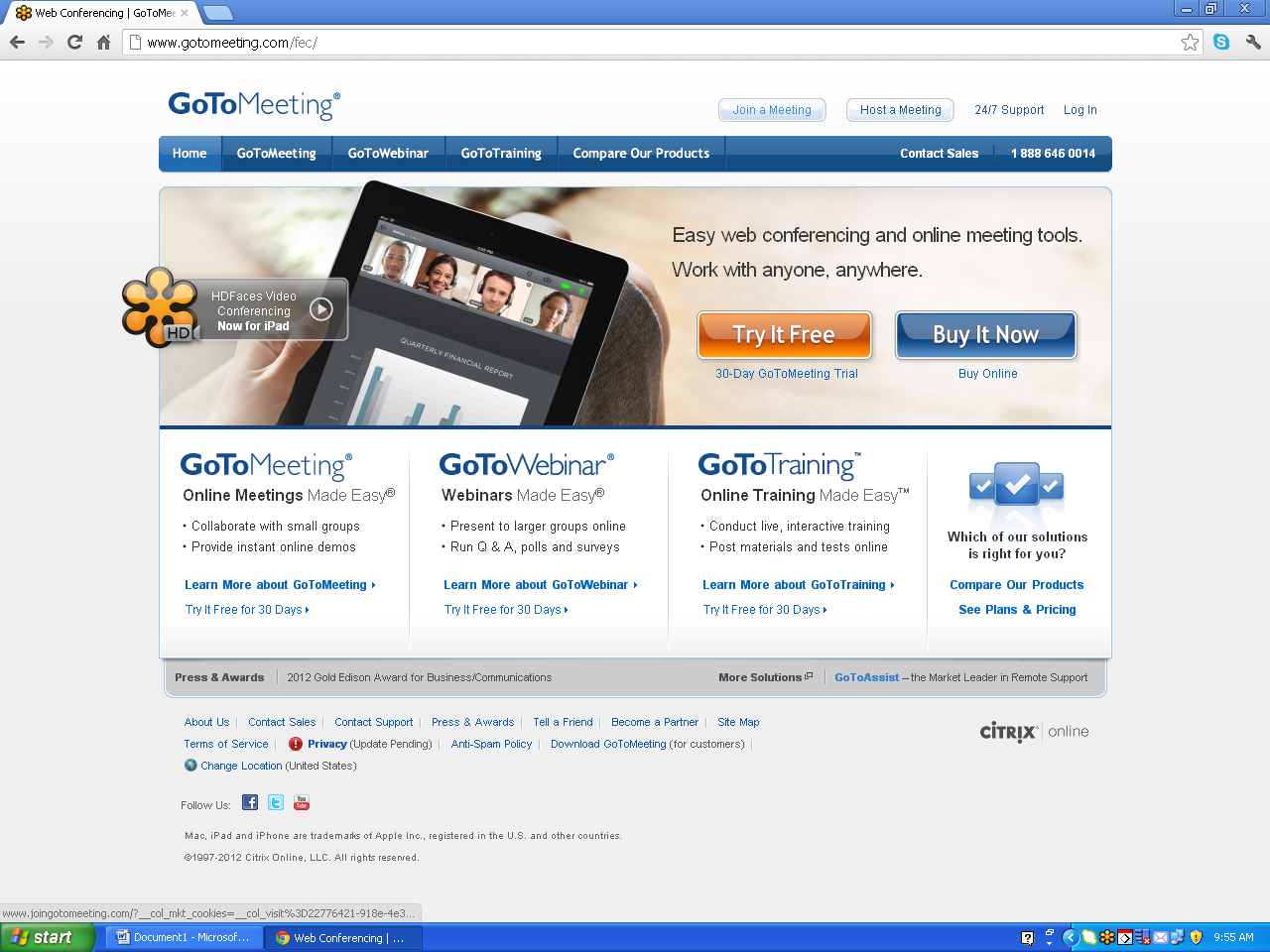 Step
1:
From the GotoMeeting homepage, they will click on the “Join
Meeting” button at the top of the page.
Step
1:
From the GotoMeeting homepage, they will click on the “Join
Meeting” button at the top of the page.
Step 2: They will enter the unique meeting ID # that was provided to them in the instructions.

[Messages for in-person
Step 3: Once they enter the Meeting ID #, the system will lead them to the online meeting space. In other words, at that point they will be able to see what is on the moderator’s computer screen; this will be a welcome message that also includes the 1) three-line OMB control number, 2) the project/form title, and 3) the OMB burden statement (that corresponds to each respondent group).
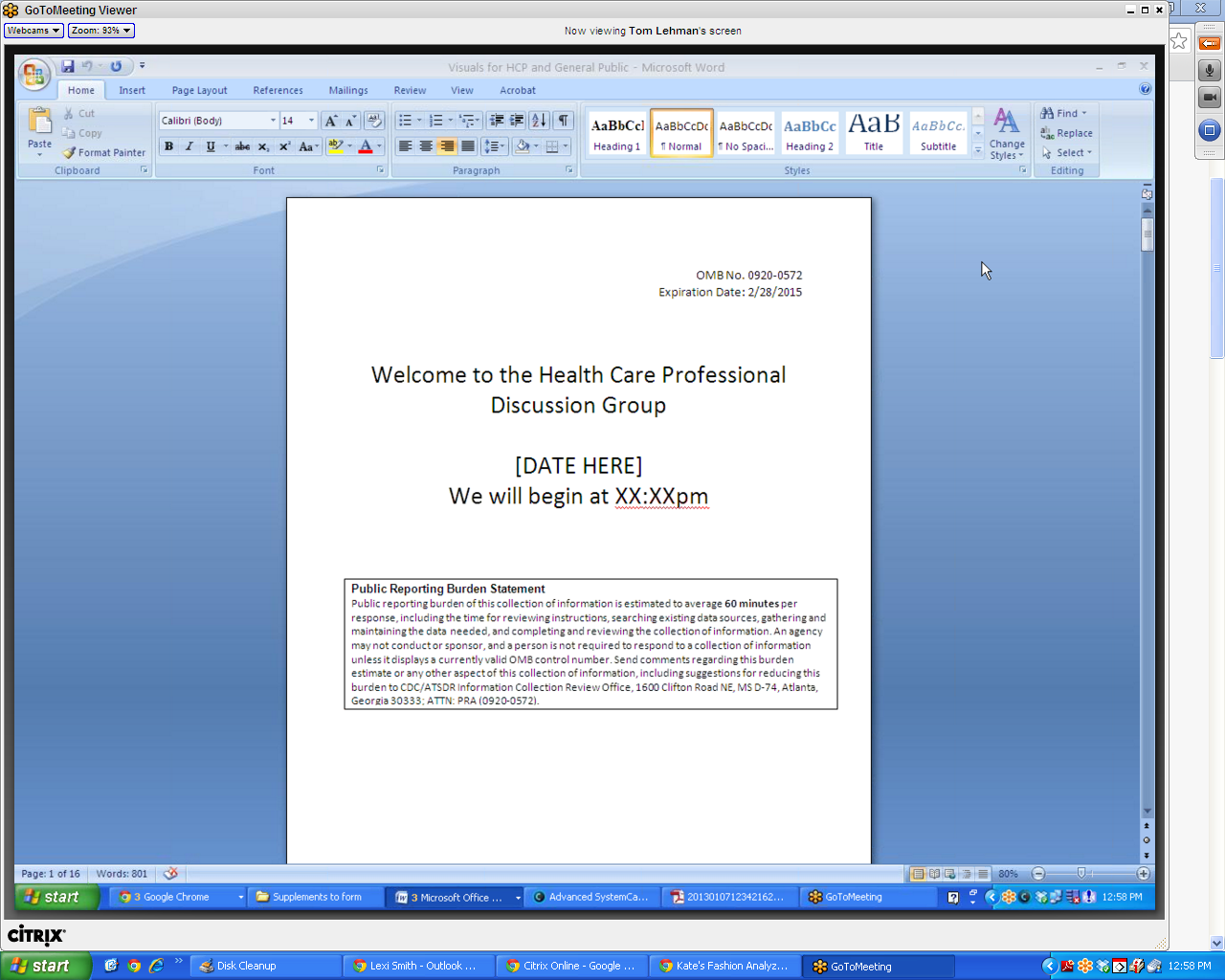
Once participants view the entry screen, the discussion will begin. Throughout the discussion, the moderator will show, on the screen, the brand concepts, messages and materials being tested. These will be shown and discussed individually. Once the group is finished discussing a given brand concept, message, or material, the next one will be shown on the screen. [See the screenshots below for an illustration of how remote participants will see the brand concepts, messages and materials.]
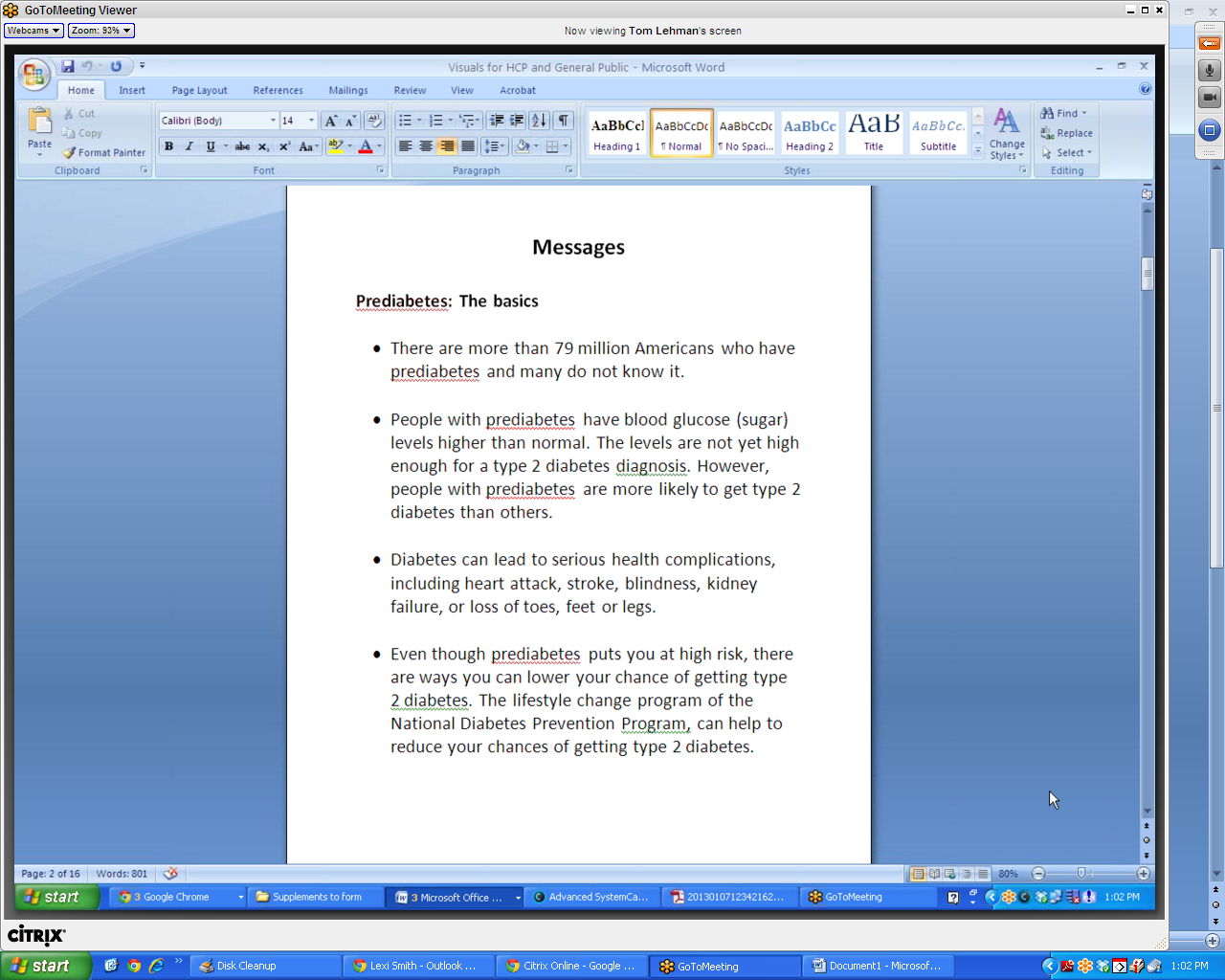


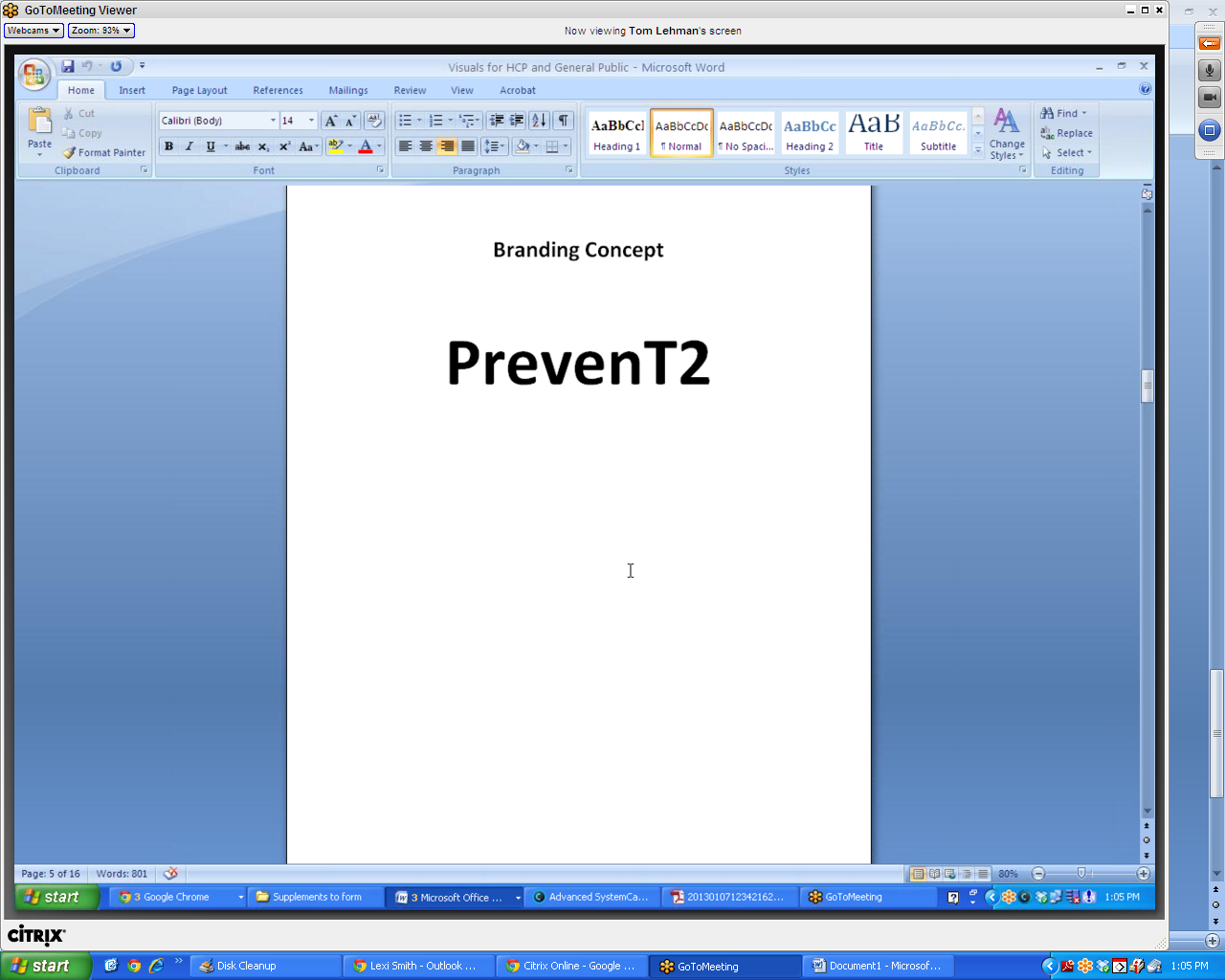

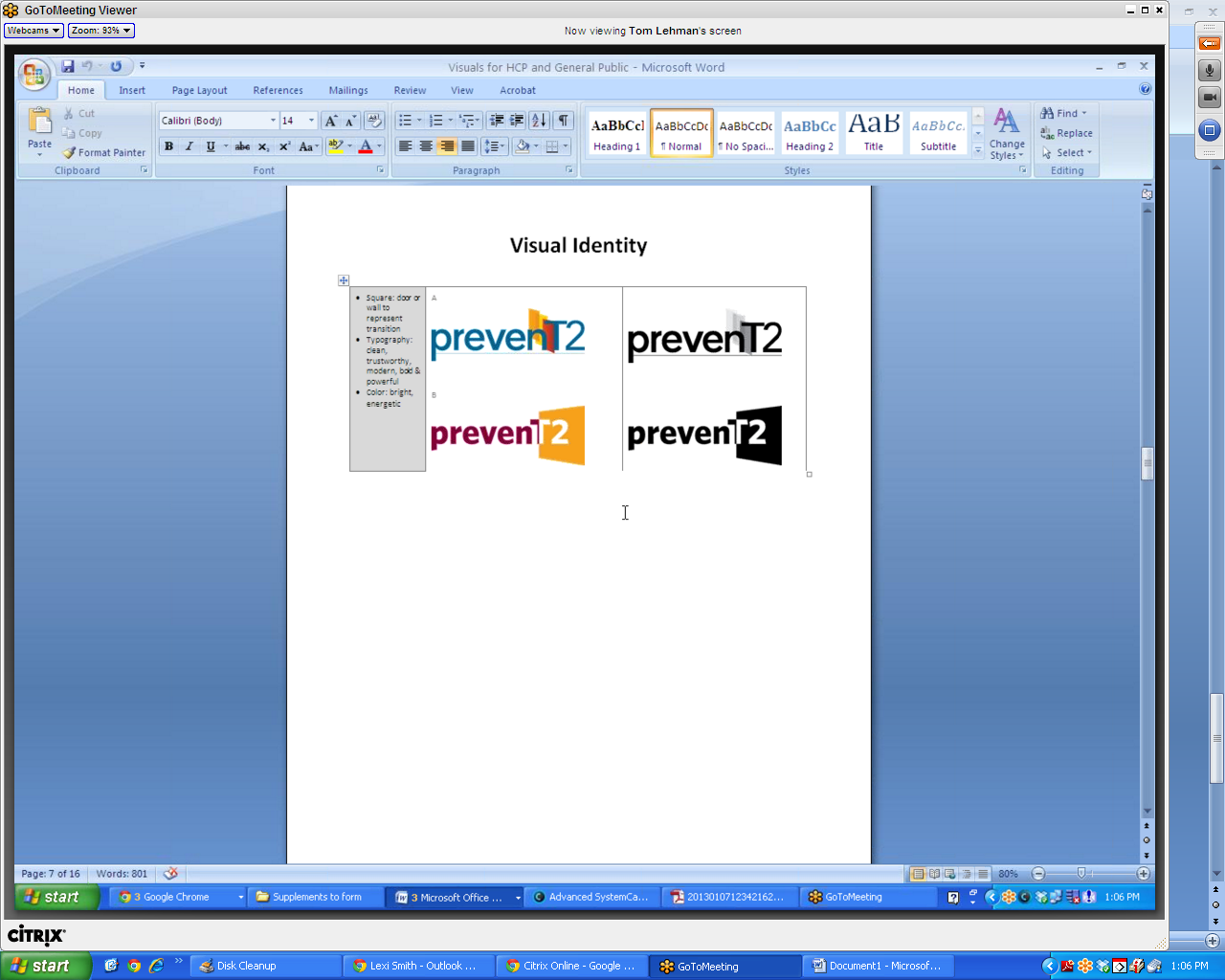


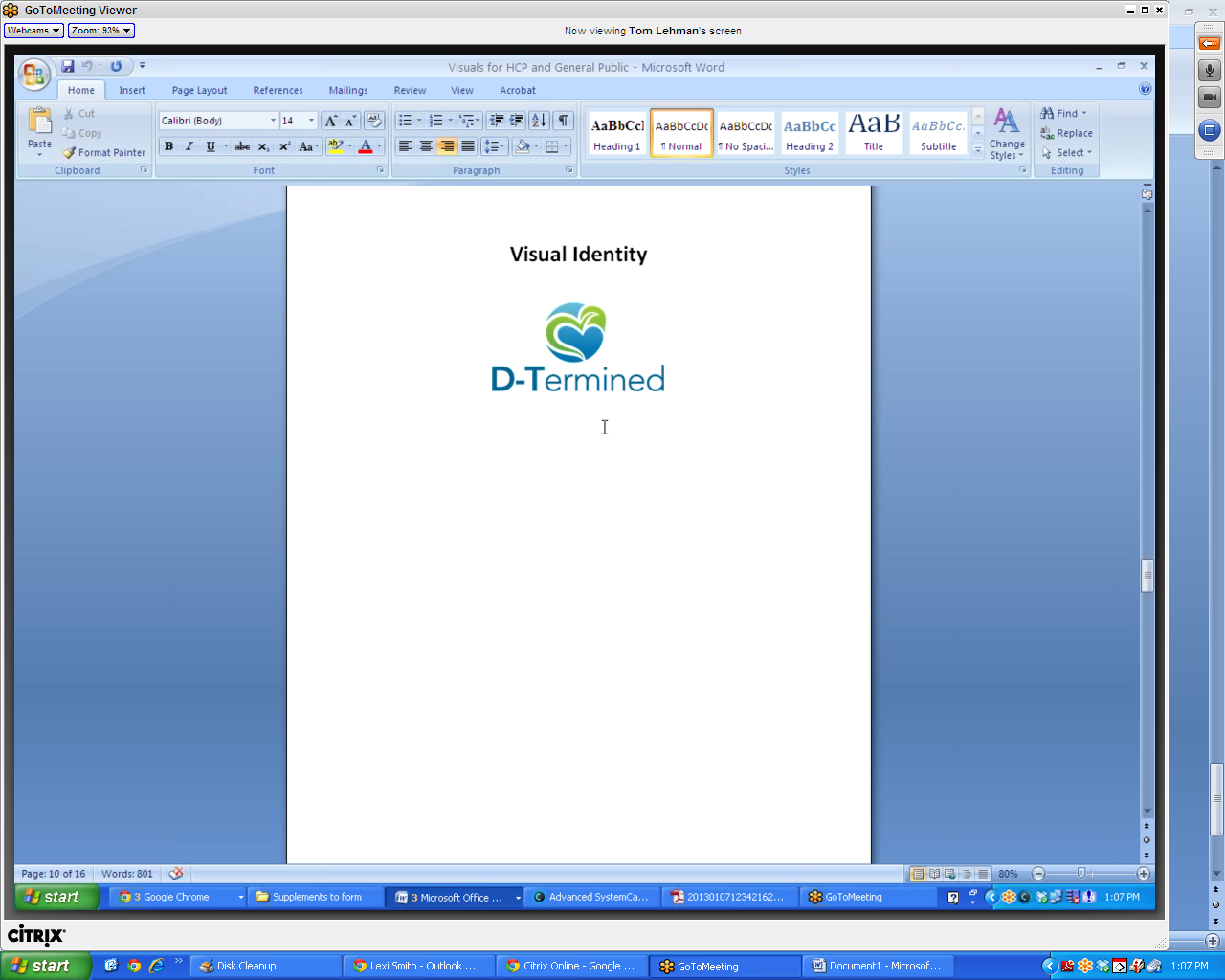

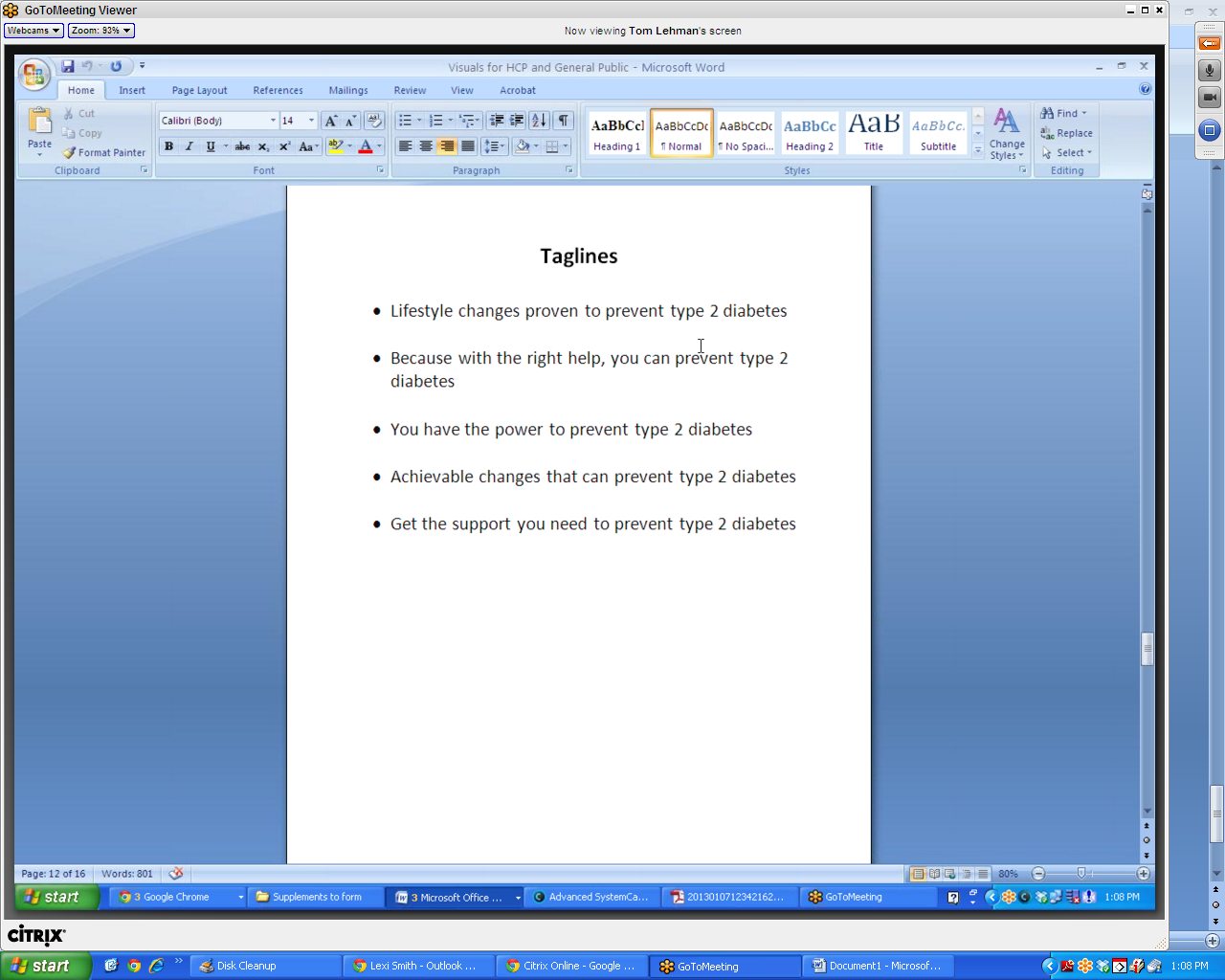

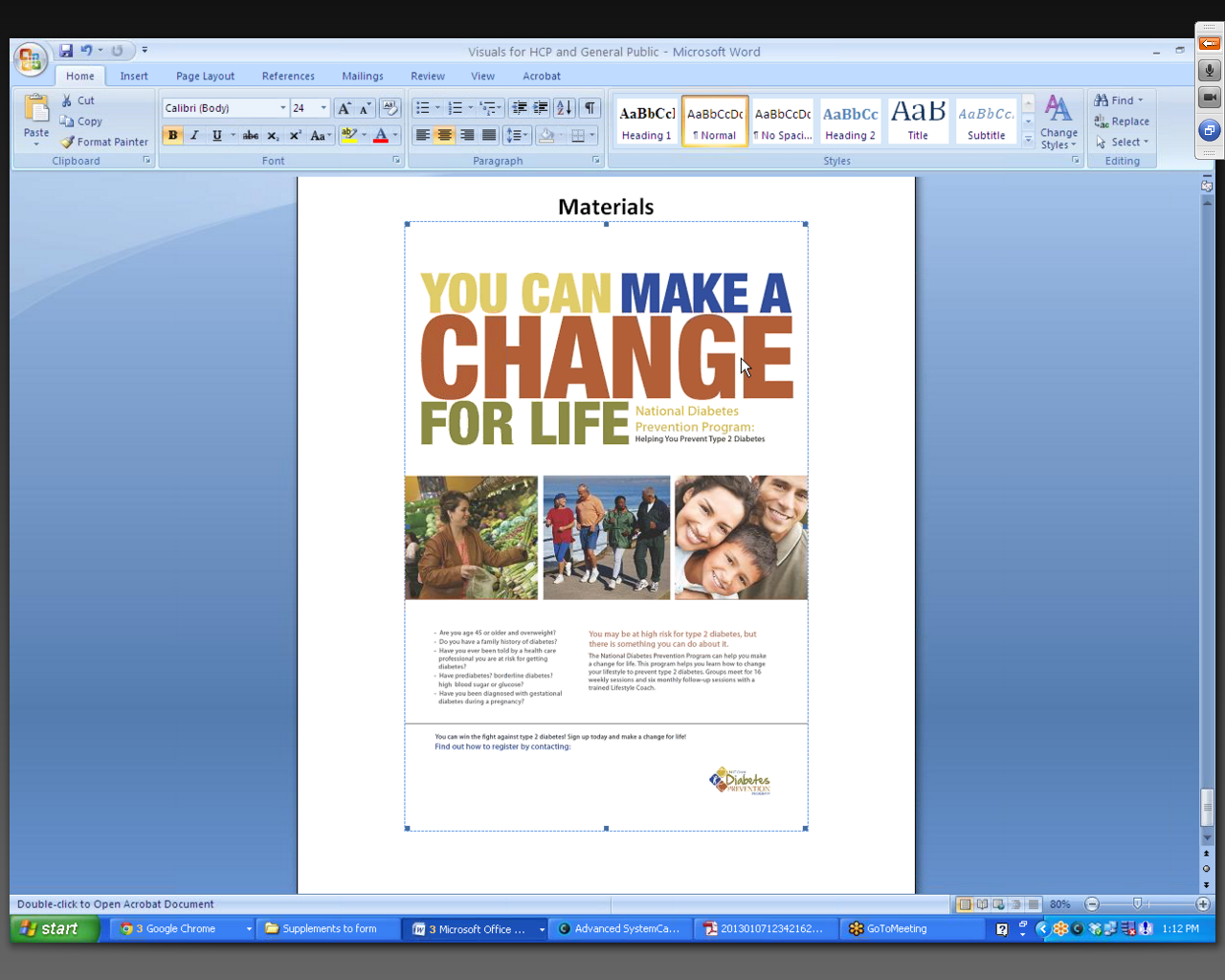
Once the discussion group has concluded, participants will be able to simply close their Internet browser window to exit GoToMeeting and the discussion group.
In-person testing procedures
Consumers will take part in in-person focus groups. When they arrive at the focus group facility, they will be asked to read and sign the consent form prior to the commencement of the discussion group.
Throughout the discussion, the moderator will show, on printed pieces of paper, the brand concepts, messages and materials being tested. These will be shown and discussed individually. Once the group is finished discussing a given brand concept, message, or material, the piece of paper will be placed in the middle of the table and the next piece will be reviewed.
In the pages that follow, the brand concepts, messages and materials (as they will be shown to in-person participants) are presented.
OMB No. 0920-0572
Expiration Date: 2/28/2015
Welcome to the Diabetes Prevention Discussion Group
[DATE HERE]
We will begin at XX:XXpm
Public
Reporting Burden Statement
Public reporting
burden of this collection of information is estimated to average 90
minutes per response, including the time for reviewing
instructions, searching existing data sources, gathering and
maintaining the data needed, and completing and reviewing the
collection of information. An agency may not conduct or sponsor, and
a person is not required to respond to a collection of information
unless it displays a currently valid OMB control number. Send
comments regarding this burden estimate or any other aspect of this
collection of information, including suggestions for reducing this
burden to CDC/ATSDR Information Collection Review Office, 1600
Clifton Road NE, MS D-74, Atlanta, Georgia 30333; ATTN: PRA
(0920-0572).
Messages
Call to action #1: Assess your risk
The National Diabetes Prevention Program is for people at high risk of type 2 diabetes. How do you know if that means you?
Are you 45 years old or older and overweight? Do you have a family history of diabetes?
Have you ever been told by a health care professional you are at risk for getting diabetes? Have prediabetes? borderline diabetes? high blood sugar or glucose?
Have you been diagnosed with gestational diabetes during a pregnancy?
Still not sure? Take the “Could You Have Prediabetes?” online quiz at www.cdc.gov/ diabetes/prevention to learn your risk for type 2 diabetes.
Messages
Call to action #2: Talk with your HCP
If you think you may be a at risk for type 2 diabetes, talk to your health care provider.
If you are 45 years of age or older, you should consider getting a blood test from a health care provider for prediabetes and diabetes, especially if you are overweight.
Messages
Call to action #3: Share info about the program with family members who are at-risk
You or a loved one may be at high risk for type 2 diabetes, but there is something you can do about it. The National Diabetes Prevention Program can help you make a change for life.
Messages
The National Diabetes Prevention Program
It works. The program is proven to help people lose weight and lower their risk of type 2 diabetes by 58%.
You can make a change for life. This program helps you learn ways to change your lifestyle and improve your health. Participants meet in a group with a trained Lifestyle Coach to learn how to make modest lifestyle changes. Groups meet weekly for 16 core group sessions, and monthly for 6 follow-up sessions.
You don’t have to do this alone. The program will provide you with both a Lifestyle Coach and a group to support you. You will spend the year-long program with people who are facing the same challenges and trying to make the same changes as you.
Branding Concept
PrevenT2
Visual Identity
|
|
|
Visual Identity
|
A
|
|
B
|
|
Taglines
Reduce your risk of developing type 2 diabetes
Discover the potential of prevenT2ion
Small changes proven to make a big difference
Get help to make the changes that make the difference
Branding Concept
D-termined
Visual Identity
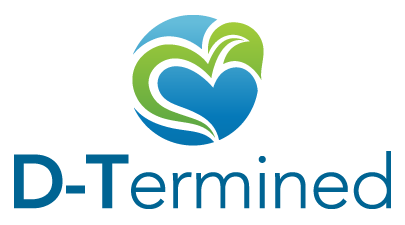
Visual Identity
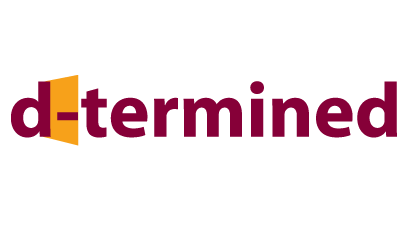
Taglines
Lifestyle changes proven to prevent type 2 diabetes
Because with the right help, you can prevent type 2 diabetes
You have the power to prevent type 2 diabetes
Achievable changes that can prevent type 2 diabetes
Get the support you need to prevent type 2 diabetes
Materials

Materials
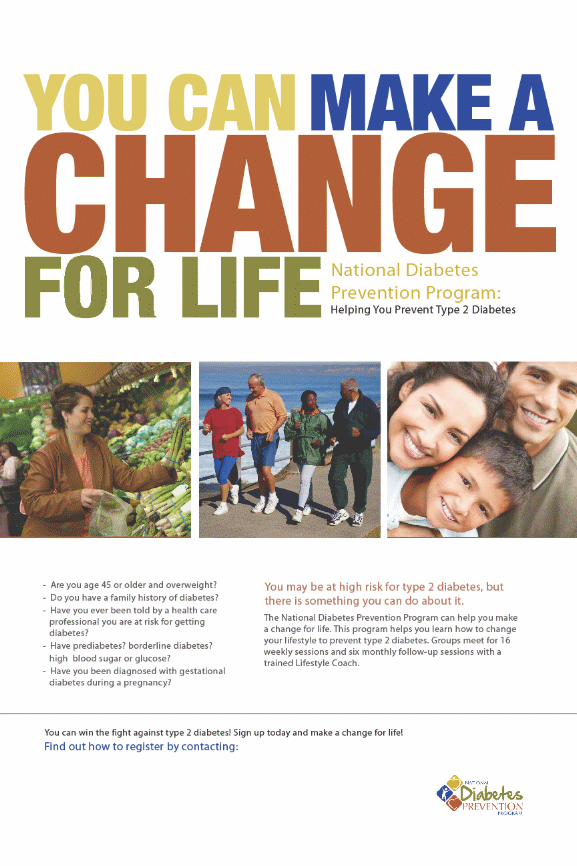
1 Krueger, R.A. (2009). Focus Groups: A Practical Guide for Applied Research (4th ed.). Thousand Oaks, CA: Sage Publications.
2 Stewart, D.W. & Shamdasani, P.N. (1990). Focus Groups: Theory and Practice. Newbury Park, CA: Sage Publications.
3 Krueger, R.A. (2009). Focus Groups: A Practical Guide for Applied Research (4th ed.). Thousand Oaks, CA: Sage Publications.
| File Type | application/vnd.openxmlformats-officedocument.wordprocessingml.document |
| Author | lplanas |
| File Modified | 0000-00-00 |
| File Created | 2021-01-31 |
© 2025 OMB.report | Privacy Policy




